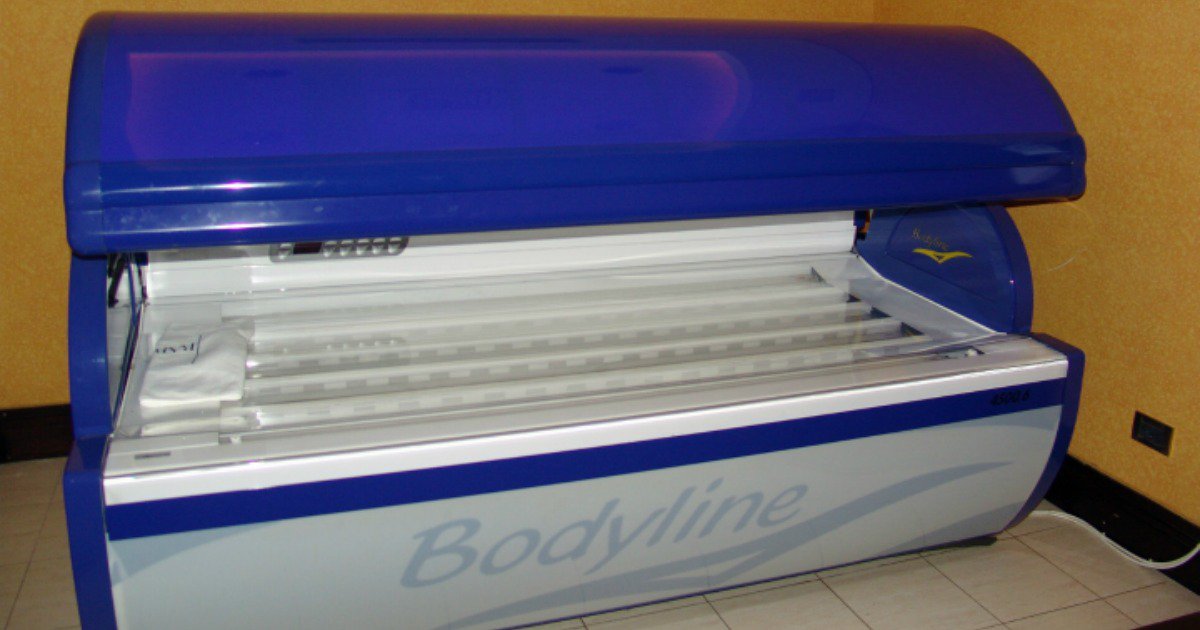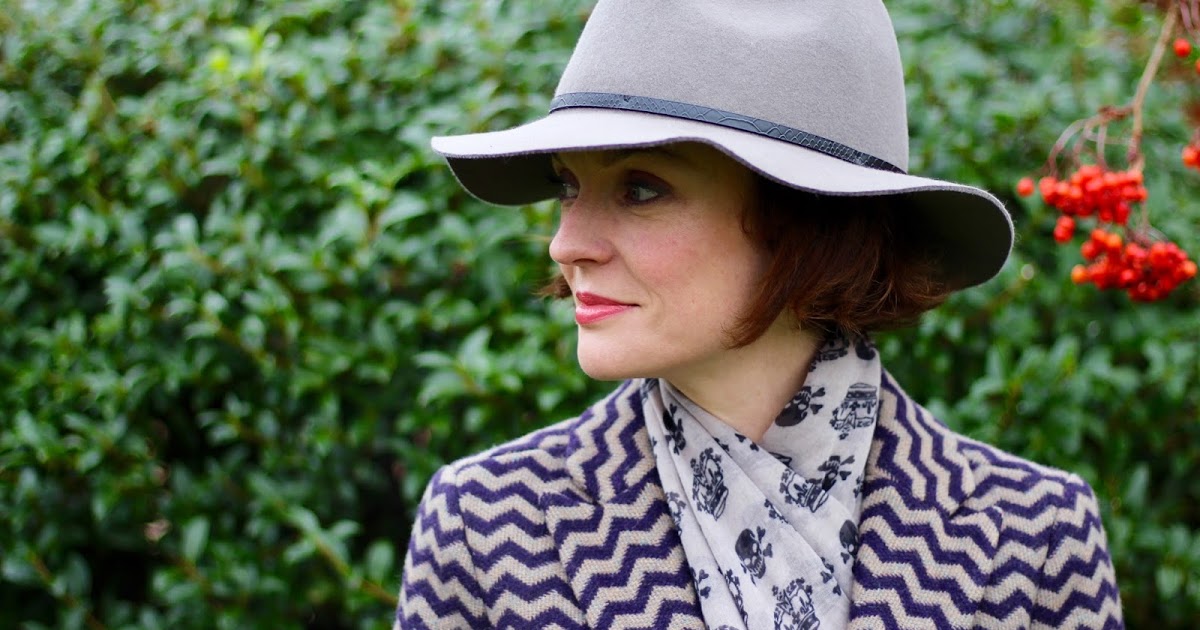The Most Effective Ways To Avoid Getting Skin Cancer
Avoid Tanning Beds

Many tanning salons boast that their beds offer “safe” bulbs and that some UV exposure is actually good for skin; these claims are a far cry from the truth. High-pressure sunlamps emit UVR doses of which are at least twelve times that of the sun’s. Using tanning beds can increase the chances of developing squamous cell carcinoma (SCC) by 2.5 times, and 1.5 times for developing basal cell carcinoma (BCC). Even infrequent sunbed use nearly triples the odds of developing melanoma.
Cover Up

Though wearing long sleeve shirts in 90+ degree weather may not seem like a comfortable idea, it can significantly lower the odds of developing skin cancer. Densely woven and dark colors are an excellent choice, as the more skin that is covered the less likelihood of significant damage.
Wearing wraparound sunglasses, as well as hats with a 3” or larger brim can both assist to shield the face, ears and back of the neck. If wearing a two-piece swimsuit or swim trunks; t-shirts, board shorts, and cover-ups can also assist in protecting skin when not in the water.
